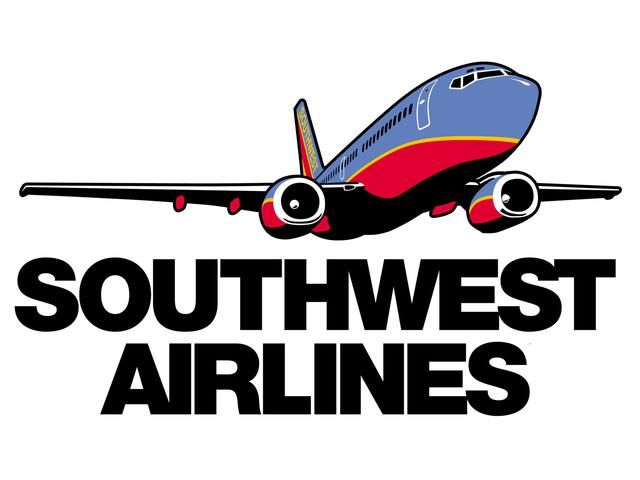The National Transportation Safety Board's first preliminary report on the Southwest jet that had to do an emergency landing in Philadelphia after an engine blowout says metal fatigue on the engine was apparent.
Was the engine properly inspected, as in, on regular cycles? And, then, was it properly maintained?
I ask because Southwest has a past history of using unauthorized parts, and dodging FAA inspection questions, and trying to stretch this out for four years, among other things. (Regional FAA officials were complicit in some of this, per that last link; per the second link, the FAA has in general been too cozy with airlines too often.)
Southwest's past inspection issues have not covered engines, and the current engine had no special inspection directive. Neither, though, did any of the above items.
BUT! We're now finding out that the engine's manufacturer, CFM International, recommended more inspections after another blowout of one of its engines on another Southwest flight. And Southwest resisted. And CEO Gary Kelly knows that visual inspections do not substitute for ultrasonic and other ones for metal stress and fatigue, on engines, flaps, ailerons or other metal parts.
The AP is following my blogging lead and raising a semi-skeptical eyebrow.
Remember all of this as Republicans look to further roll back regulatory agencies — abetted at times by ConservaDems, even as those agencies at times have had new regulations lessened by ModeratoDems.
Update, May 14: A Southwest flight had a depressurization problem on Saturday, May 12. Worse is that Southwest claimed the drop-down and landing were "uneventful" even as passengers disagree.

No comments:
Post a Comment